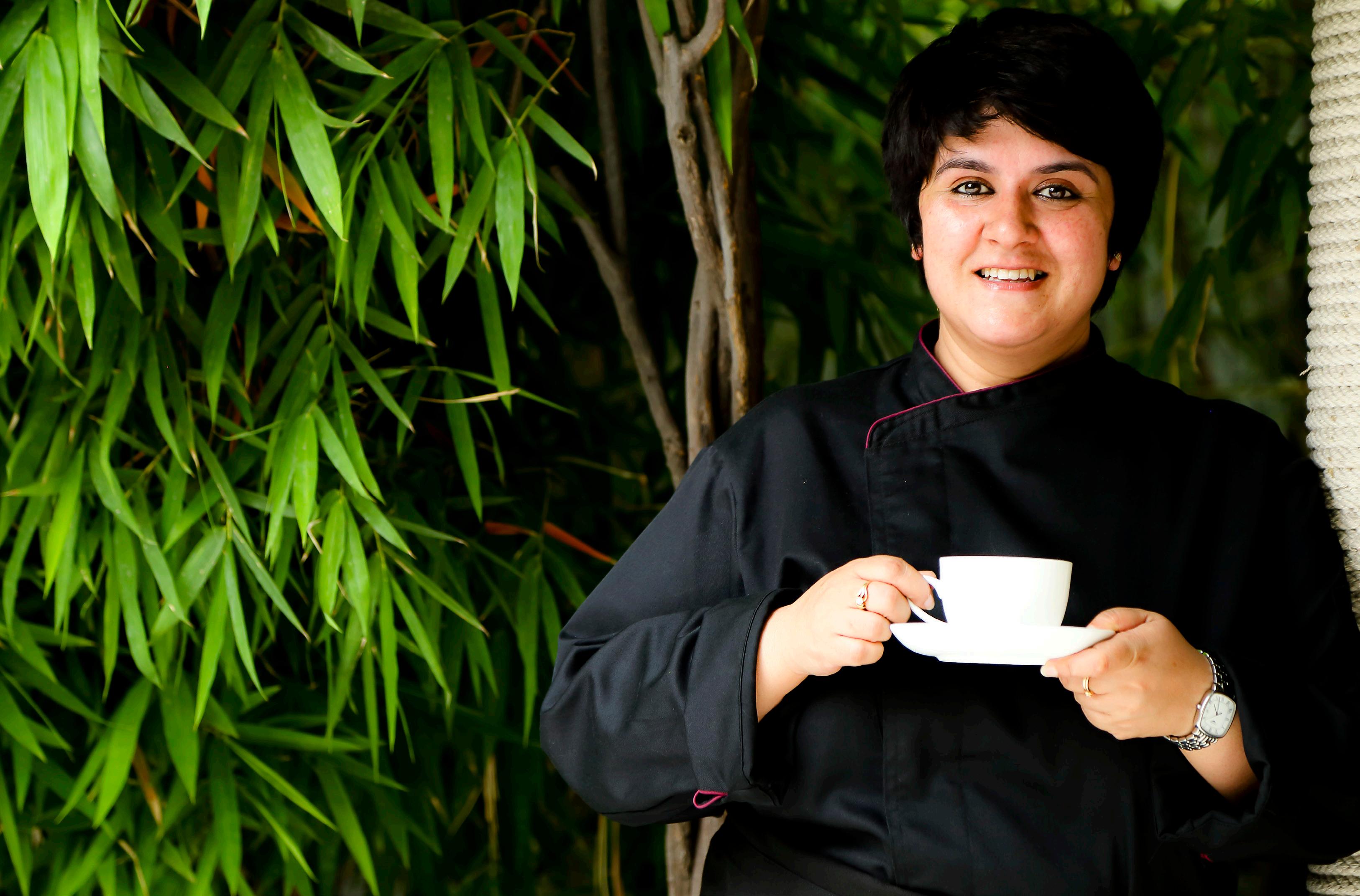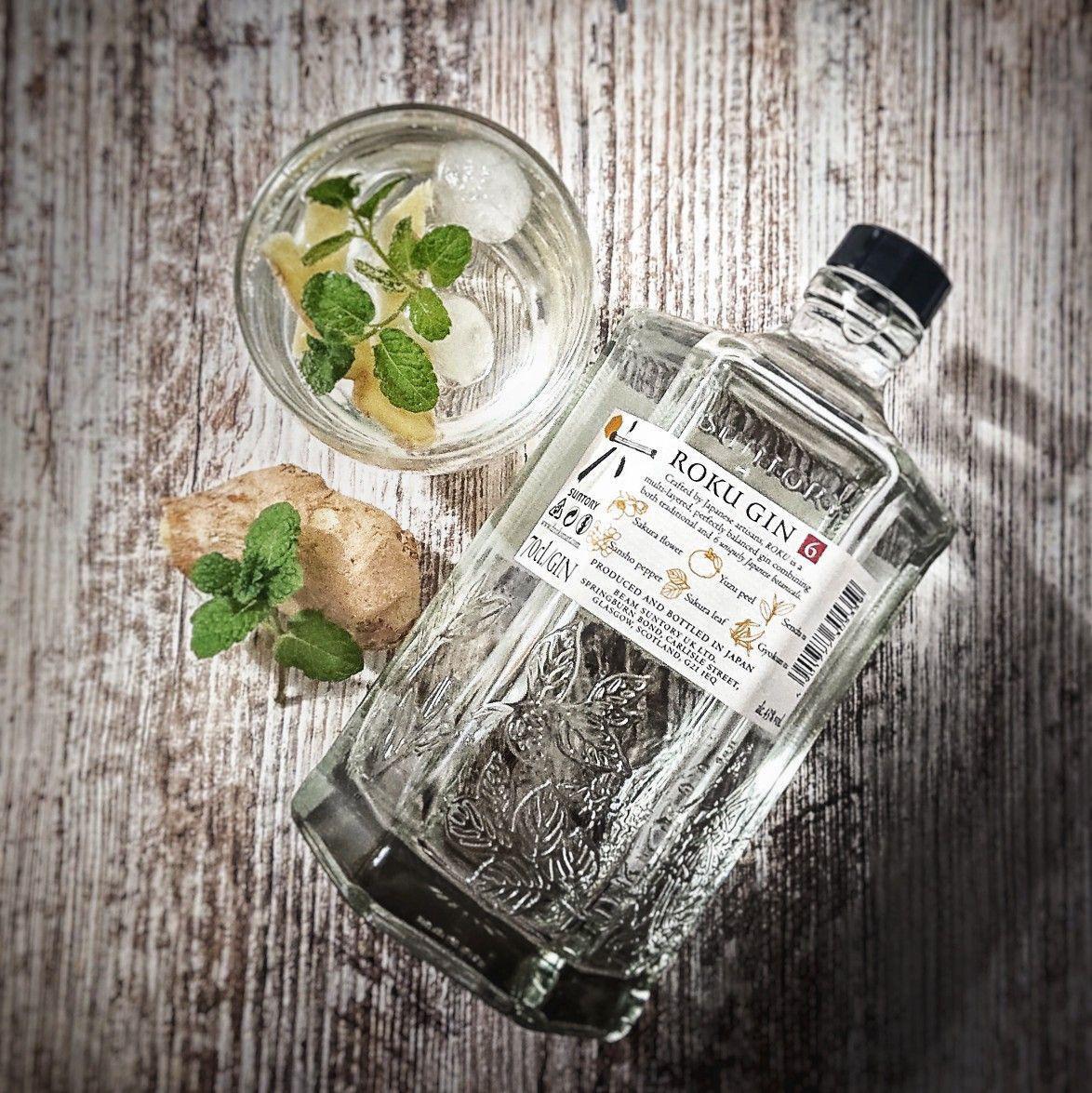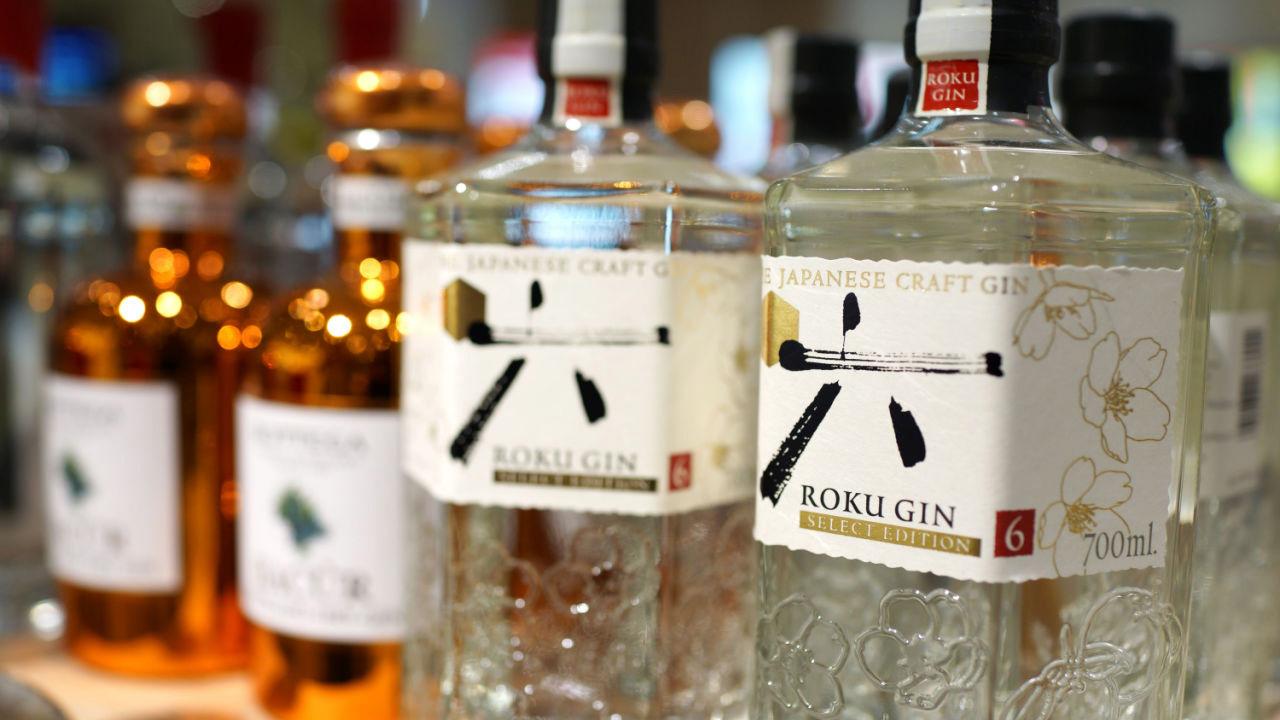
2 minute read
ROKU GINTHE INFLUENCE OF TEA
BY ANAMIKA SINGH, FOUNDER AND DIRECTOR OF ANANDINI HIMALAYA TEA.
Where can Gin and Tea roots be traced ? Into the 11th-century and an early credible record of tea drinking dates to the 3rd century AD. However, it is the 17th century which took the culture of drinking both into new depths.
Advertisement
The development of sencha in the 18th century led to the creation of distinctive new styles of green tea, which now dominate tea consumption in Japan. Sencha is the most popular tea in Japan, representing about 80 percent of the tea produced in the country. The flavour depends upon the season and place where it is produced. Shincha or ‘new tea’ is exquisite from the first flush of the year, and considered the most delicious. It is also believed by drinking sencha, one can enjoy a year of good health.
The Tea process begins with the camellia sinensis plant. Sencha is made from the leaves that grow directly under sunlight. After the leaves are plucked, the manufacturing process begins with the steaming of leaves to prevent oxidation which as such, affects the outcome of the tea quality, be it in the cup, taste and aroma. This is followed by a drying and rolling process, where it is moved into cylinders to dry off and get broken down. The tea now has its customary thin cylindrical shape, resulting in a taste that is fresh and uplifting. Finally, the leaves are sorted and used depending on its differing quality.
Gyokuro, is a unique Japanese green tea wherein using special mats, the tea leaves are shaded from the sun for 20 days. The tea thus yields a sweet flavour and a distinct strong aroma from the harmonious gin with a smooth and silky texture.


For Tea, weather, soil, harvest, region are all closely knitted. One affects the other and eventually makes a difference in the tea cup. The major tea growing region has its own terminology when it comes to classifying their teas during harvesting periods. Japan uses a numerical method in naming its harvests.
Japan’s harvest season also varies by region as well but generally begins in late April and finishes in October. Japan has four main harvest periods: also uniquely Japanese. The premium gin was inspired by the Japanese four seasons, as each one of the six Japanese botanicals are harvested in accordance with “shun,” the Japanese tradition of enjoying each ingredient at its best, by only harvesting at its peak of flavor and perfection. Each botanical has a specific harvesting season and Sencha tea as well as Gyokuro tea, are harvested during Summer. The result is a complex yet
Shincha ( : literally “new tea”): this is the name given to the first harvest of the year.
Ichibancha ( : literally “first tea”) this refers to the entire first harvest season, including Shincha. It typically occurs from late April to May.
Nibancha ( literally “second tea”), Sanbancha ( : literally “third tea”) and Yonbancha ( literally “fourth tea”) are harvested between the period of June to October.
While harvesting, timing is essential. There is a very narrow window to pluck the leaves / bud due to the fast growth of the Tea buds which open up and mature in matter of days. Missing a harvest can ruin a cup.
An immersive experience - Gin and Tea, be it Gin infused as a Tea botanical or as a cocktail, thoroughly compliment each other. Over the years the popularity of this pairing has grown and is loved. If chosen correctly, the palate can dance to a different tune and most gracefully. As my favorite mixologist Yangdup Lama says, “Keep it simple.”










